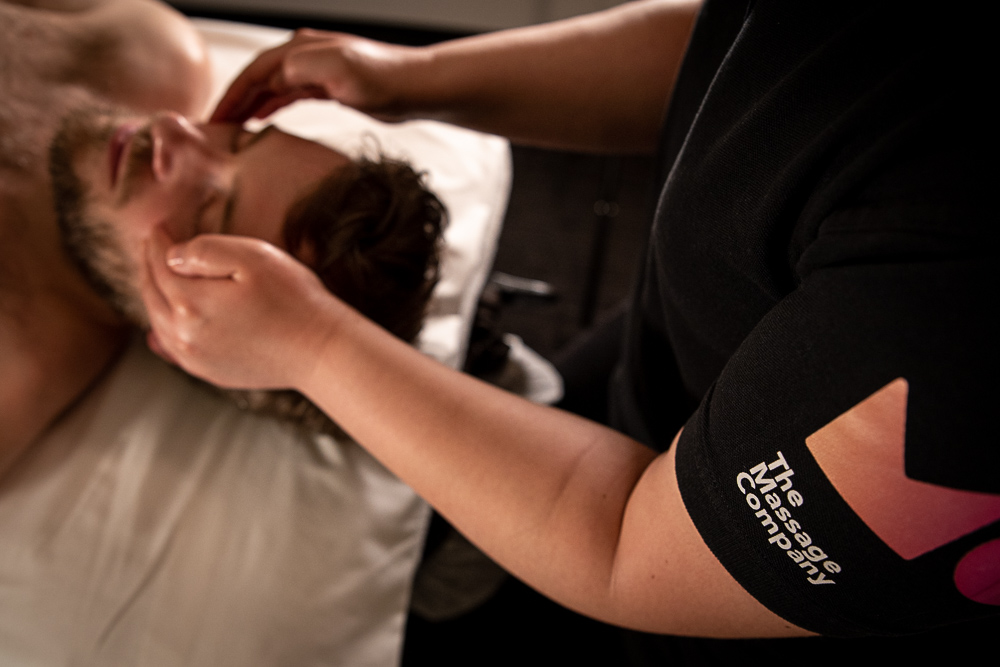Muscular pain is a common experience that most of us encounter at some point in our lives. Whether it’s due to an intense workout, a long day at work, or an unexpected injury, understanding the nature of this pain can be crucial for effective management and recovery. The Pain Revolution, an initiative aimed at transforming how pain is understood and managed, offers valuable insights into the complex nature of pain, particularly muscular pain.
The Nature of Pain
Traditionally, pain has been viewed as a direct response to tissue damage. However, modern research and the Pain Revolution highlight that pain is more than just a physical sensation—it’s a protective mechanism orchestrated by the brain. This means that while pain can indicate injury or harm, it doesn’t always correlate directly with the severity of physical damage.
Pain as a Protective Mechanism
The brain’s primary role is to protect us from harm. When it perceives a threat—whether real or imagined—it can trigger pain as a warning signal. This is particularly relevant in cases of muscular pain. For instance, after an intense workout, you might experience soreness not because your muscles are damaged but because your nervous system is responding to the stress placed on your body.
The Role of the Nervous System
Persistent muscular pain often results from an overprotective nervous system. This hypersensitivity can occur due to various factors such as previous injuries, stress, lack of sleep, or even emotional states like anxiety and depression. The nervous system becomes more vigilant, interpreting even normal sensations as painful.
Psychological and Social Influences
The Pain Revolution emphasizes that psychological and social factors significantly influence our experience of pain. Stress, fear of movement (kinesiophobia), and negative emotions can amplify the perception of pain. Similarly, social factors like support from family and friends or workplace dynamics can either exacerbate or alleviate pain experiences.
Education and Empowerment
One of the core principles of the Pain Revolution is education. By understanding how pain works, individuals can take control of their recovery process. Knowledge about the body’s protective mechanisms helps demystify pain and reduces fear associated with it. This empowerment is crucial for breaking the cycle of persistent pain.
Practical Strategies for Managing Muscular Pain
1. Stay Active. Gentle movement and exercise can help desensitize the nervous system and promote healing.
2. Mindfulness and Relaxation: Techniques such as meditation and deep breathing can reduce stress and help manage pain perception.
3. Education: Learning about how pain works can reduce anxiety and improve coping strategies.
4. Seek Support: Engaging with healthcare professionals who understand modern pain science can provide guidance tailored to your needs.
5. Pacing: Gradually increasing activity levels without overexerting yourself helps build resilience without triggering excessive pain responses.
In Conclusion:
Understanding muscular pain through the lens of the Pain Revolution provides a holistic approach that goes beyond treating symptoms to addressing underlying causes. By recognizing that pain is a complex interplay between physical sensations, psychological states, and social contexts, we can develop more effective strategies for managing it. Embracing this knowledge empowers individuals to take charge of their health and well-being, fostering resilience in the face of discomfort.
—
By adopting these principles, we can transform our relationship with muscular pain from one of fear and avoidance to understanding and proactive management.
Understanding that pain is a normal response to a set of particular stimuli can reduce the fear of ‘being in pain’ and instead use it as a guide to change our behaviours and manage the factors that can exacerbate or prolong it.

